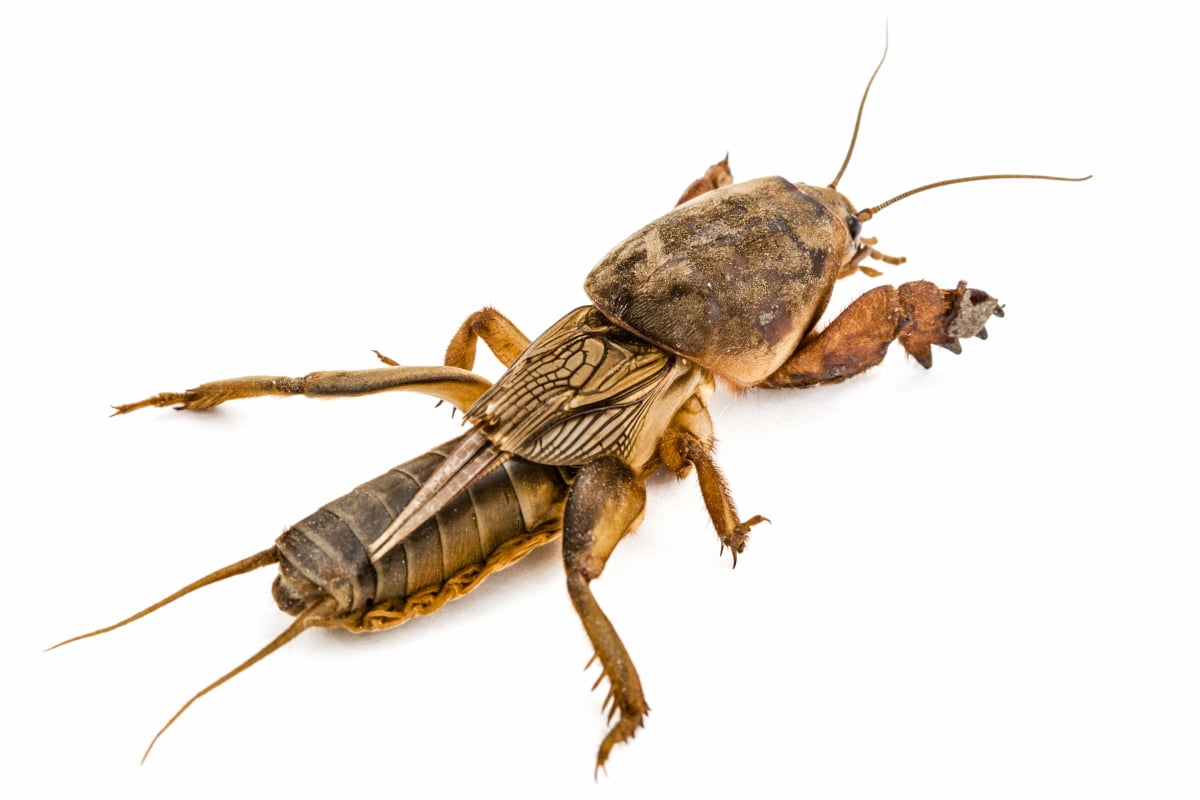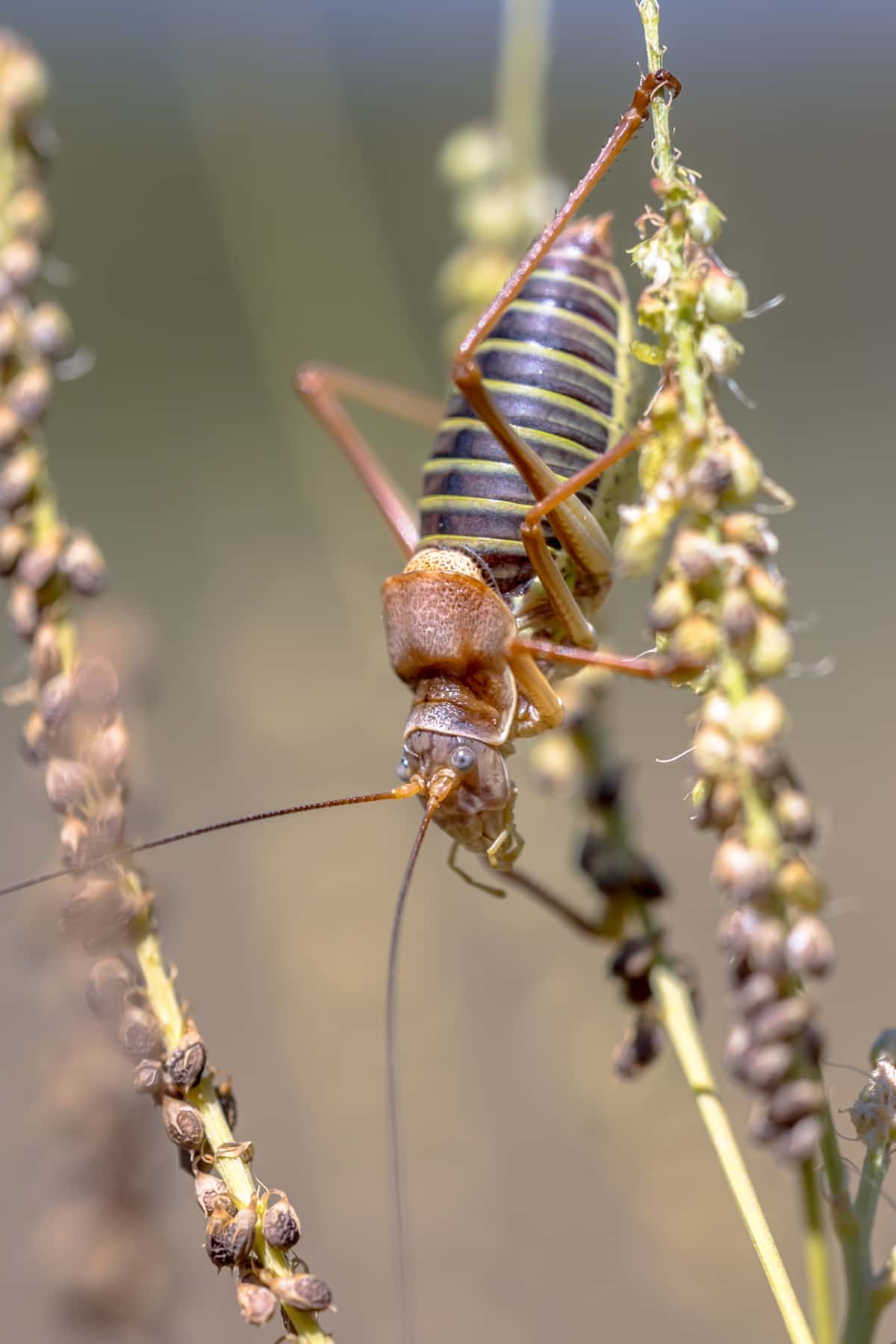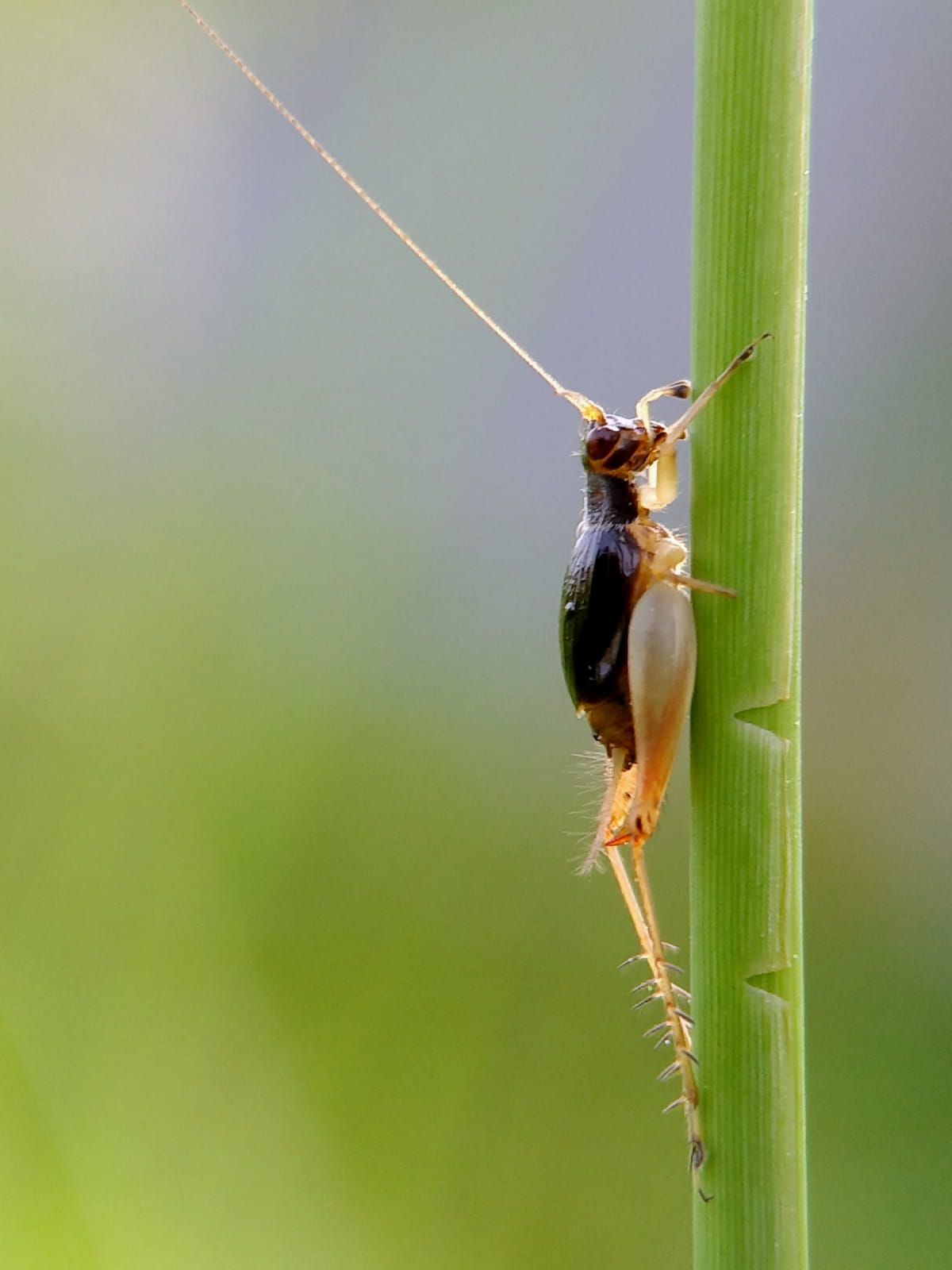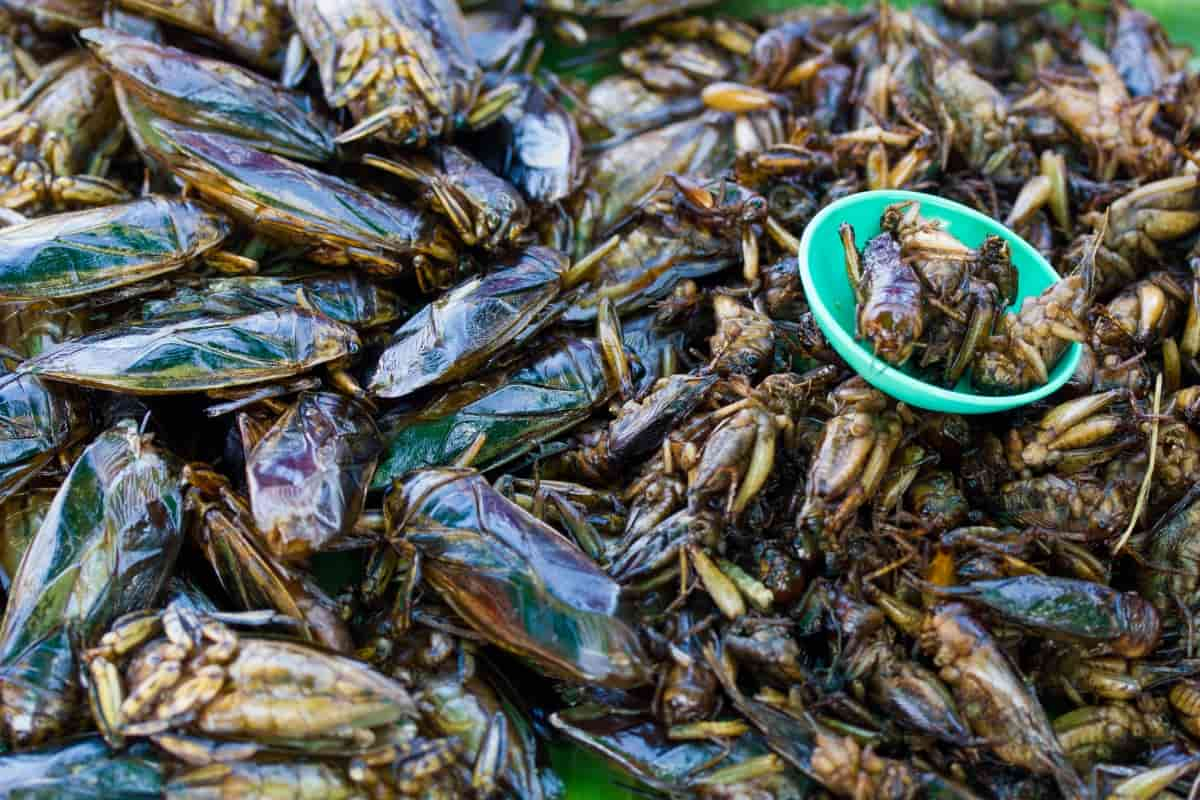Cricket infestations in gardens can be a nuisance, causing damage to plants, vegetables, and even structures. These pests are most active during warm months and thrive in moist environments. Crickets feed on organic matter, including plant material, seeds, and even other insects. Their incessant chirping can disrupt peaceful outdoor environments, making them unwelcome guests for many gardeners.

Left unchecked, cricket populations can quickly multiply, leading to significant damage to garden vegetation and landscape. Additionally, their burrowing behavior can destabilize soil and contribute to erosion. Effective Cricket pest control involves a combination of preventative measures and control strategies tailored to the specific garden environment.
Management of Cricket Insects
Identifying Common Garden Crickets
Types of Crickets and Their Characteristics
Several types of crickets commonly infest gardens, each with distinct characteristics. The house cricket (Acheta domesticus) is one of the most prevalent species, characterized by its brown coloration and distinctive chirping sound. Field crickets (Gryllus spp.) are also common garden pests, recognized by their black or dark brown bodies and powerful hind legs for jumping. Additionally, camel crickets (Ceuthophilus spp.) may invade gardens, distinguished by their humpbacked appearance and long antennae.
These crickets vary in size, with adult house crickets typically measuring around 0.75 inches, while field crickets can reach up to 1 inch or larger. Camel crickets tend to be larger, ranging from 0.75 to 1.25 inches. Identifying garden Cricket species infesting a garden is crucial for implementing effective garden Cricket management measures tailored to their behavior and habits, ultimately mitigating damage to garden plants and structures.
The Impact of Crickets on Your Garden
Damage Caused by Cricket Pests
Crickets can wreak havoc on garden ecosystems, causing various forms of damage to plants, structures, and the overall garden environment. These pests feed on organic matter, including plant leaves, stems, roots, and seeds. Their voracious appetite can result in extensive damage to garden vegetation, leading to stunted growth, wilting, and even plant death.
Furthermore, crickets are known to burrow into the soil, causing disruptions that can destabilize plant roots and contribute to soil erosion. Their tunneling activity may also damage underground irrigation systems or create unsightly holes in lawns and garden beds. Additionally, the constant chirping of male crickets during mating season can disturb the tranquility of outdoor spaces, impacting the enjoyment of gardeners and residents alike.
Preventive Measures Against Crickets
Cultural Practices to Discourage Crickets
Regular maintenance, like mowing lawns and trimming vegetation, reduces hiding places and eliminating Crickets in gardens. Removing debris, like leaf litter and piles of wood, eliminates potential shelters for crickets and their eggs. Rotating crops and practicing crop diversity can also help prevent cricket infestations by minimizing the buildup of preferred food sources.
Creating an Unwelcoming Environment for Crickets
Reducing moisture levels by proper watering practices and improving drainage minimizes attractive breeding grounds for crickets. Installing barriers, such as fine mesh screens or fences, can prevent crickets from entering garden areas. Using natural repellents like diatomaceous earth or nematodes can also deter crickets while minimizing harm to beneficial insects and plants. Additionally, maintaining cleanliness and eliminating food sources indoors and outdoors discourages crickets from settling in the vicinity.
In case you missed it: How to Get Rid of Mole Crickets in Lawn Naturally: Control and Treatment

Monitoring and Early Detection
Strategies for Early Identification of Cricket Presence
Regular visual inspections of plants, soil, and garden structures can help identify signs of cricket activity. Look for chewed leaves, stems, or roots, as well as visible cricket nymphs or adults. Monitoring for chirping sounds during evening hours, when crickets are most active, can also indicate their presence. Setting up traps baited with food sources attractive to crickets, such as moistened bran or slices of fruit, can capture and identify the pests. Placing sticky traps or barriers around garden perimeters can intercept crickets attempting to enter or exit the area.
Natural and Biological Control Methods
Leveraging Predators and Natural Enemies
Encouraging natural predators and enemies of crickets is an effective biological Cricket damage prevention method. Birds such as robins, sparrows, and chickens feed on crickets and can help reduce their populations in gardens. Providing birdhouses, bird baths, and native vegetation attracts these natural predators. Additionally, certain insects like ground beetles, spiders, and predatory wasps prey on crickets and their eggs, contributing to natural control.
Using Organic Insecticides and Repellents
Organic insecticides and natural Cricket repellents can effectively manage cricket populations while minimizing harm to beneficial insects and the environment. Neem oil acts as an organic insecticide and disrupts cricket feeding and reproduction. Essential oils like peppermint, lavender, and citronella can serve as repellents, deterring crickets from garden areas. Diatomaceous earth dehydrates and kills crickets upon contact, offering a non-toxic control method.
Chemical Control Options
Safe and Effective Use of Chemical Pesticides
When considering chemical pesticides for Crickets in the garden, it’s crucial to prioritize products that are both safe and effective. Some commonly used chemical pesticides for controlling crickets include
- Carbaryl (Sevin)
- Malathion
- Permethrin
- Cyfluthrin
- Bifenthrin
- Imidacloprid
Follow the label instructions and consider using targeted application methods for effective application and minimize harm to beneficial insects and wildlife.
Integrated Pest Management (IPM) for Crickets
Combining Techniques for Sustainable Cricket Management
Integrated Pest Management (IPM) for Crickets offers a holistic approach to cricket management in gardens, combining various techniques to achieve sustainable control. Cultural practices such as maintaining garden cleanliness, reducing moisture levels, and implementing crop rotation disrupt cricket habitats and reduce food sources. Biological control methods, including promoting natural predators like birds and predatory insects, help keep cricket populations in check.
In case you missed it: Effective Management of Arecanut Pests and Diseases: A Comprehensive Guide

Incorporating physical barriers such as mesh screens and sticky traps prevents cricket ingress and aids in monitoring their presence. Furthermore, utilizing organic insecticides judiciously and employing natural repellents complements IPM strategies by targeting cricket populations while minimizing environmental impact. By integrating these techniques, gardeners can effectively manage cricket infestations while promoting a balanced ecosystem, reducing reliance on chemical pesticides, and fostering sustainable gardening practices.
DIY Solutions and Home Remedies
Homemade Traps and Natural Deterrents
Homemade Traps
- Simple pitfall traps can be made using containers buried in the ground with bait placed inside, such as moistened bran or slices of fruit. Crickets fall into the DIY Cricket control traps and are unable to escape.
- Sticky traps can be crafted by applying a sticky substance, like petroleum jelly or sticky tape, to a surface and placing it in cricket-infested areas. Crickets get stuck to these effective Cricket baits and traps when they come into contact with the trap.
Natural Deterrents
- As organic solutions for Cricket pests, Essential oils such as peppermint, lavender, and eucalyptus are natural repellents for crickets. Dilute a few drops of any of these oils in water and spray the solution around the garden to deter crickets.
- Diatomaceous earth can be sprinkled around garden beds and entry points to make a barrier that dehydrates and kills crickets upon contact.
In case you missed it: Dolichos Pests and Disease Management: 100% Effective Treatment and Solutions

Conclusion
Effectively managing cricket pests in the garden requires a multifaceted approach that combines various strategies. From cultural practices to natural predators, organic insecticides, and DIY solutions, there are numerous options available to control cricket populations while promoting a healthy garden ecosystem. By implementing integrated pest management techniques and utilizing environmentally friendly methods, gardeners can mitigate cricket damage and maintain a thriving garden landscape.
- Beneficial Insects in Pest Management
- Natural Solutions for Pest Control in Flower Gardens
- Types of Fungicides Used in Agriculture
- Common Issues in the Fruit Development Stage of Pomegranate Farming
- Fruit Development Issues in Papaya: Easy Solutions and Treatment
- Soil-Borne Diseases and How to Protect Your Plants
- Practices to Prevent Disease Spread in the Garden
- From Wilted to Thriving: How to Treat Root Rot Naturally in Houseplants
- Natural Remedies to Cure Brown Spots on Fig Tree Leaves